Successful movements don’t just occur – they often emerge thanks to patience and the ongoing work of individuals and organisations to bring them together.
It’s the quiet and behind-the-scenes work of network weavers (sometimes referred to in documents as ‘movement builders’ or ‘field builders’) that helps to create a critical mass for change.
As IPPR found in their study last year of what works when it comes to making change – that in many successful movements it’s thanks to the work of individuals and organisations who make sure everyone’s activities ‘add up to more than the sum of its part’ – work that is often in everyone’s interest but no-one’s immediate remit.
While in this report from the US foundation, Bridgespan Group (see above for the 4 Superpowers they identify), they highlight the importance and unique role that some who is at a nerve center of a coordinated approach who is able to work in partnership and at the service of a myriad of actors devoted to solving a given problem or cause.
Almost by design, these individuals can go overlooked, but without them many of our causes, but what are the key characteristics of effective network weavers;
- They have a deep understanding of the issue and the ecosystem around it. They look to have a birds-eye view of what’s happening, and who’s involved. They understand those who are deeply involved in the work on this issue alone, and other who are working across a breadth of issues who can be drawn in. They find opportunities to bring those working at a local and national level, and with those working in adjacent issues.
- An organisers mindset – they use the tools of organising to build the ecosystem or field that’s working on an issue. They look to actively build connections, build trust and confidence through 1:1s, and bring people to the table. This work is often in the background without fanfare.
Like organisers, they’re consistently assessing is what’s happening, adapting their point of view, and working out how to take advantage of a moment. It’s not a passive convening role, but an active but quiet leadership knowing when to push for action or when to encourage reflection. - Hold trusting relationships built through humility and openness, accepting when they get things wrong as well as right. They’re able to look to bridge the divides that often occur in movements, looking to find ground between those who are reformists and rebels.
- Share tools and knowledge – they offer those involved in the work the tools that are needed to help to deliver change, and if they can’t they go and find them. They’re open to sharing the knowledge and insight they have – on social media, in newsletters, and in meetings. They don’t see the value in hoarding it within a small group but in making it available to those who need it.
- They know when to step in – I’ve written about this before in coalitions, that every coalition needs someone who will step in to make things happen, from minutes of meetings to moving forward a vital action. It’s the same with network weavers, they know when to step in to help move forward a project or initiative, and also when to encourage something to come to an end.
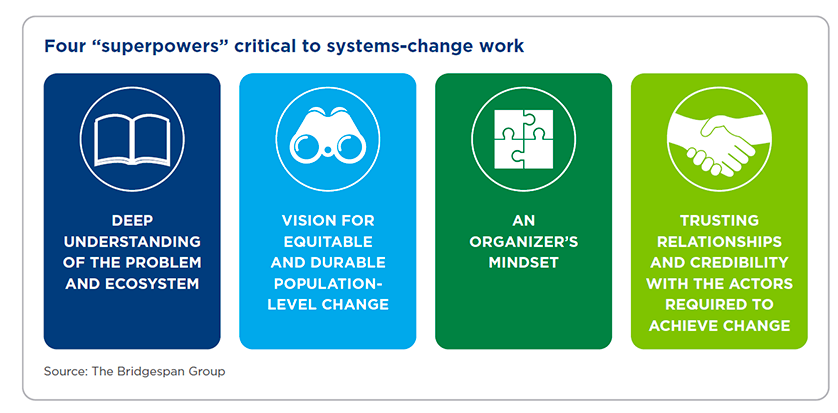
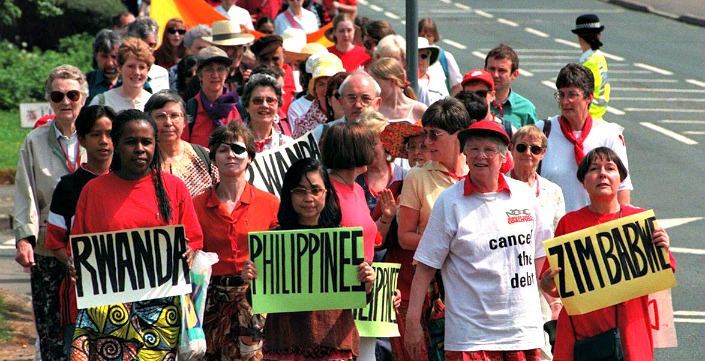
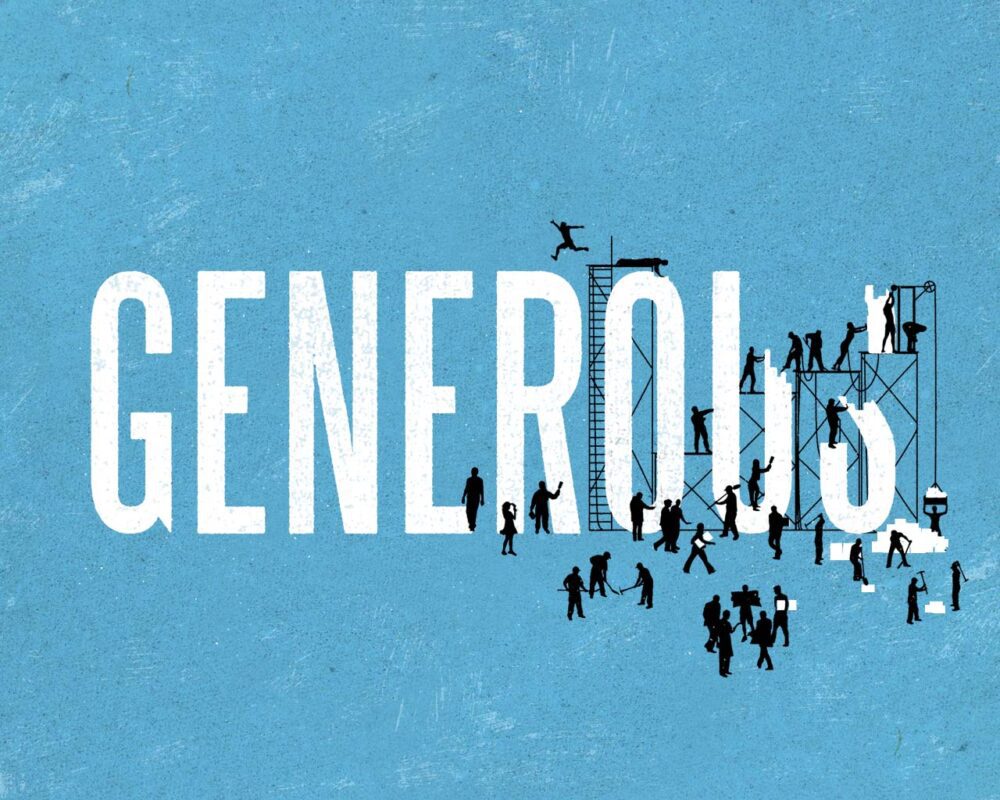
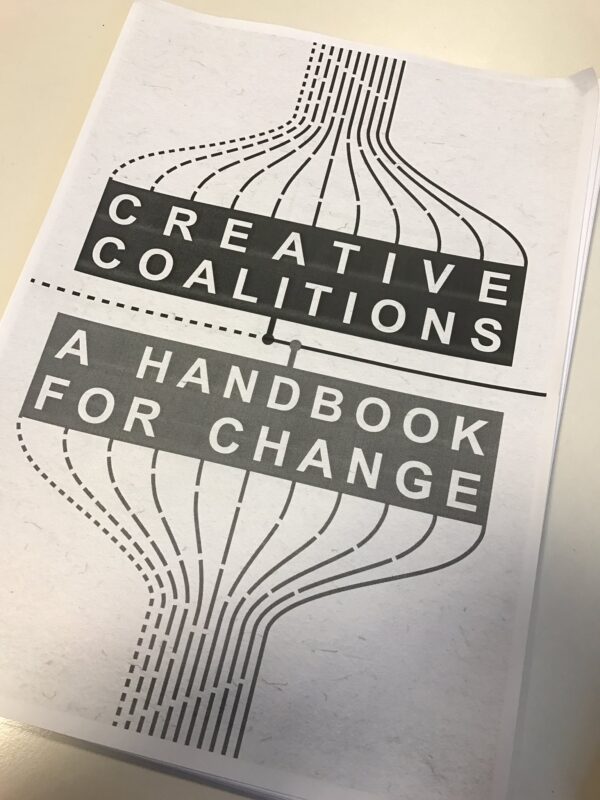
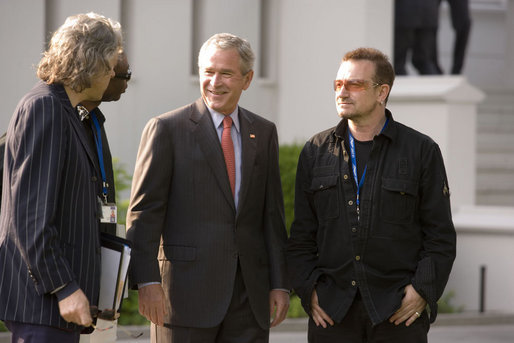
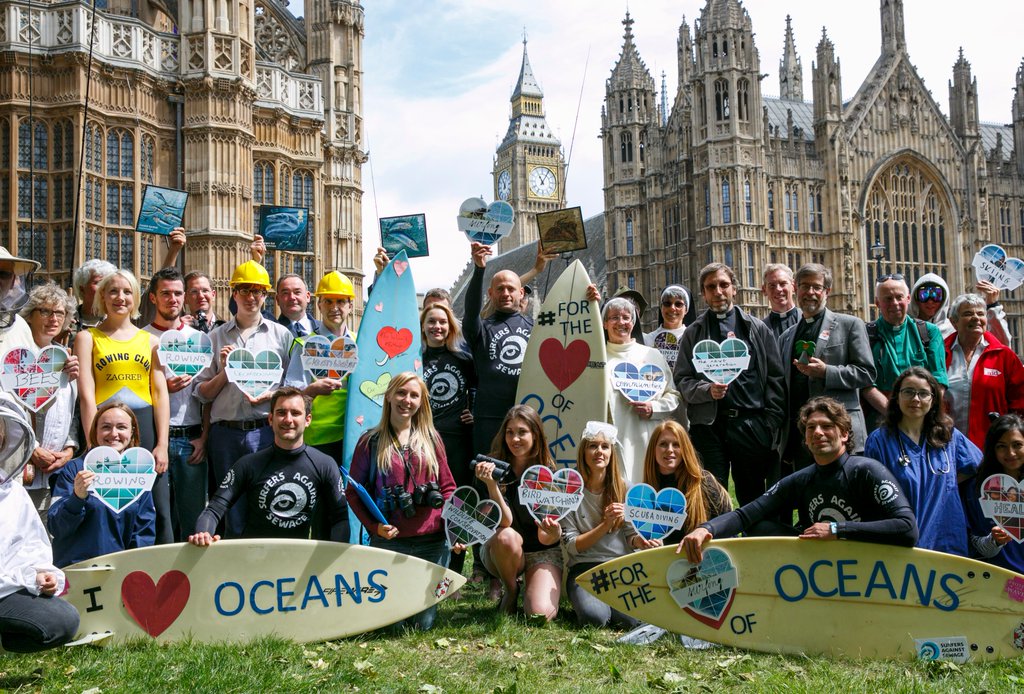
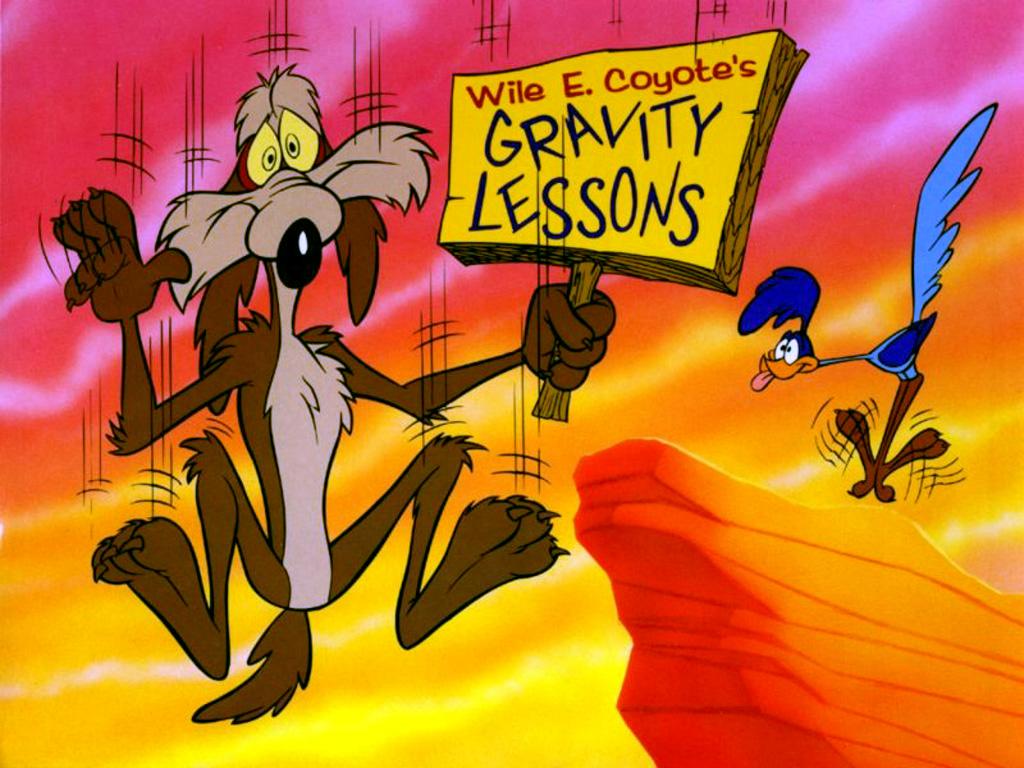
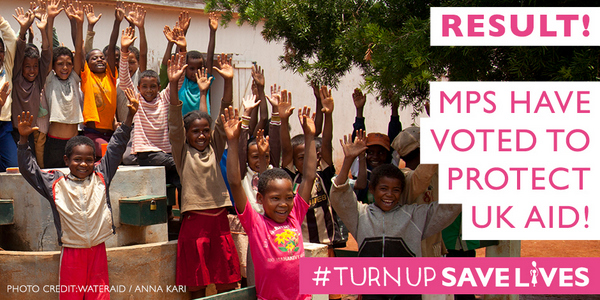
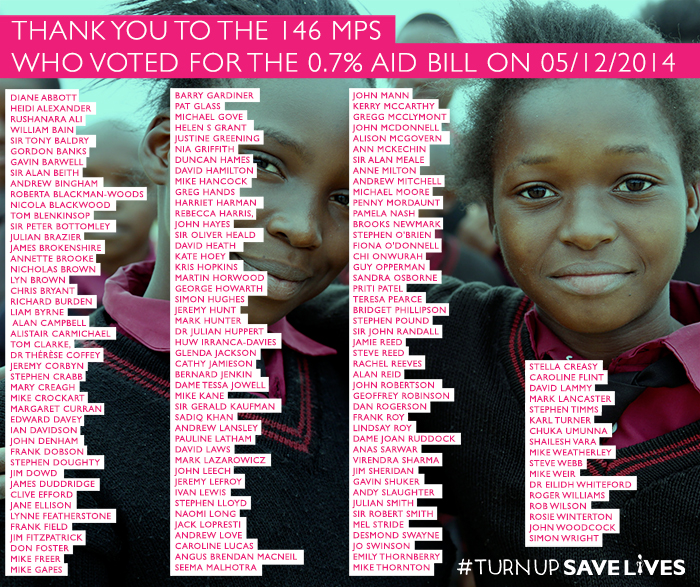
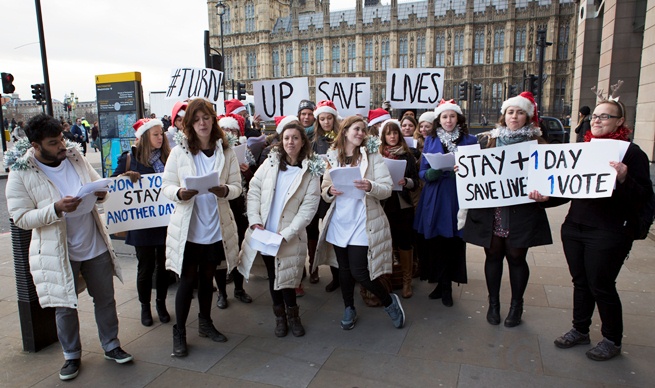
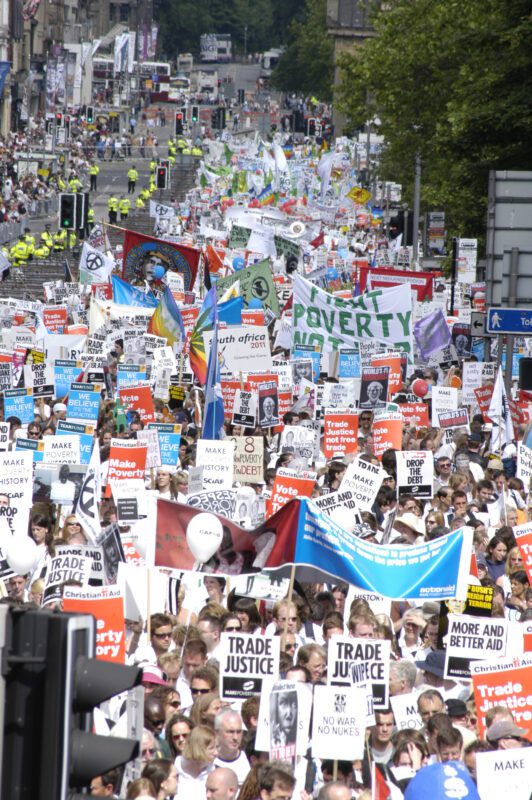

 4- Absence – Many of the MEPs that we meet with remarked how much they valued hearing the views of civil society on this issue we were campaigning on as they’d already been lobbied by business groups. I heard one estimate
4- Absence – Many of the MEPs that we meet with remarked how much they valued hearing the views of civil society on this issue we were campaigning on as they’d already been lobbied by business groups. I heard one estimate